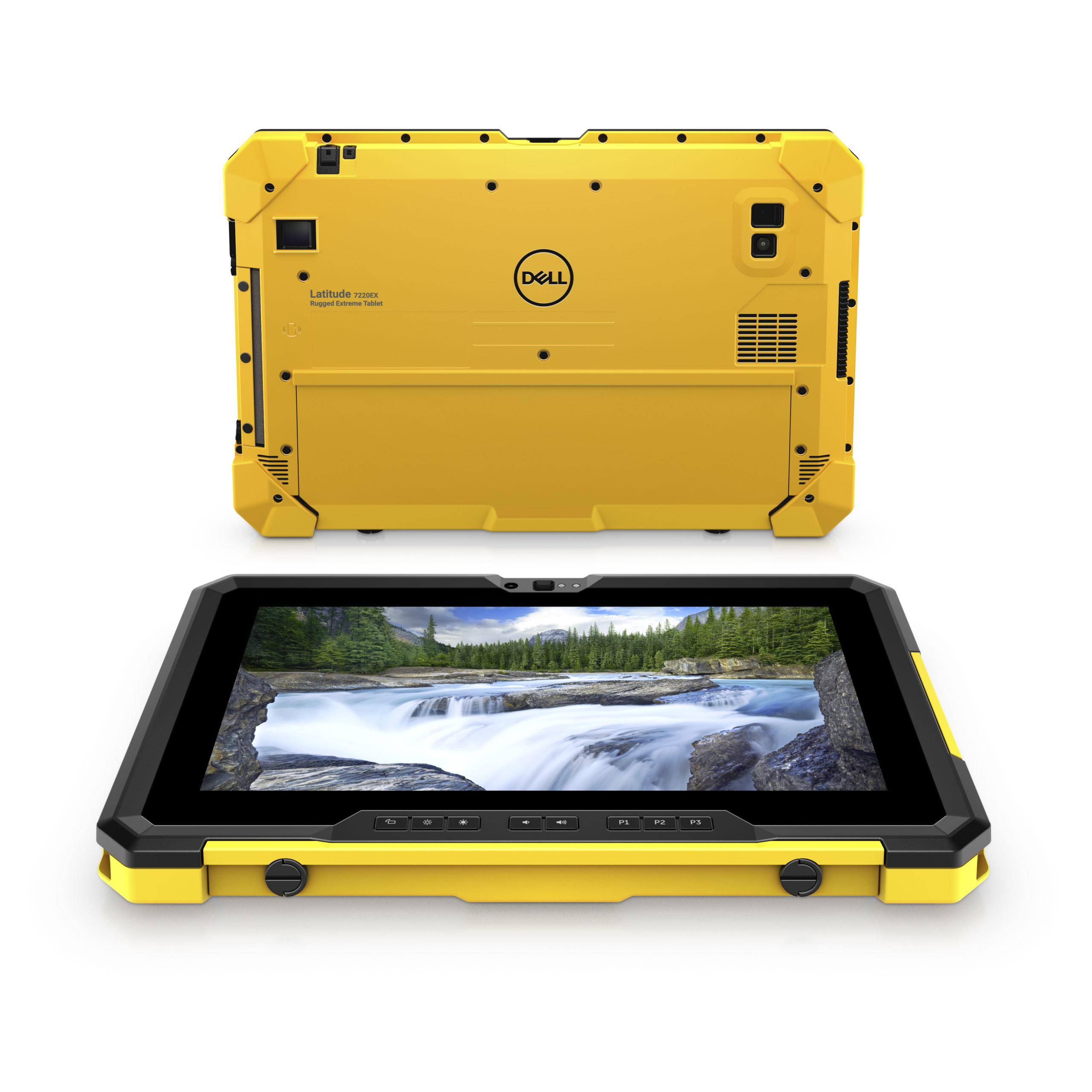When Dell developed an Internet of Things (IoT) group, I began following it. The team developed a gateway compute device, brought together various groups within the company, along with many partners. But the market was evidently not large enough to sustain a group. Eventually IoT was moved into the OEM business and the entire team was either laid off or shuffled over to other groups.
Therefore, I found it refreshing that a large IT company not only could spell Class I, Div 2, but develop a product for hazardous areas within petrochemical (and other) plants.

Dell positions its new rugged tablet as an element of digital transformation (of course), but the Latitude 7220EX Rugged Extreme Tablet has ATEX and IECEx certification for use in potentially explosive environments that will give technicians, operators, and engineers a mobile view into operations.
Dell customers in North America and Canada can expect to see Class 1, div 2 certifications on the existing Dell Latitude 7220 Rugged Extreme tablet in the coming months. With these additional ATEX and IECEx certifications which meet EU and International standards respectively, the Latitude 7220EX Rugged Extreme tablet will make it easier for customers to procure and deploy one platform across various regions.
The Latitude 7220EX Rugged Extreme is an 11.6” fully-rugged tablet featuring the brightest-screen in an ATEX-certified tablet, for use in potentially explosive environments. It includes a 1000-nit screen, which increases direct sunlight viewability, and also offers glove-touch capacity. To balance the security of the device with user accessibility, the Latitude 7220EX Rugged Extreme features a built-in infrared camera with “Windows Hello” facial recognition and an optional next-generation fingerprint reader.




